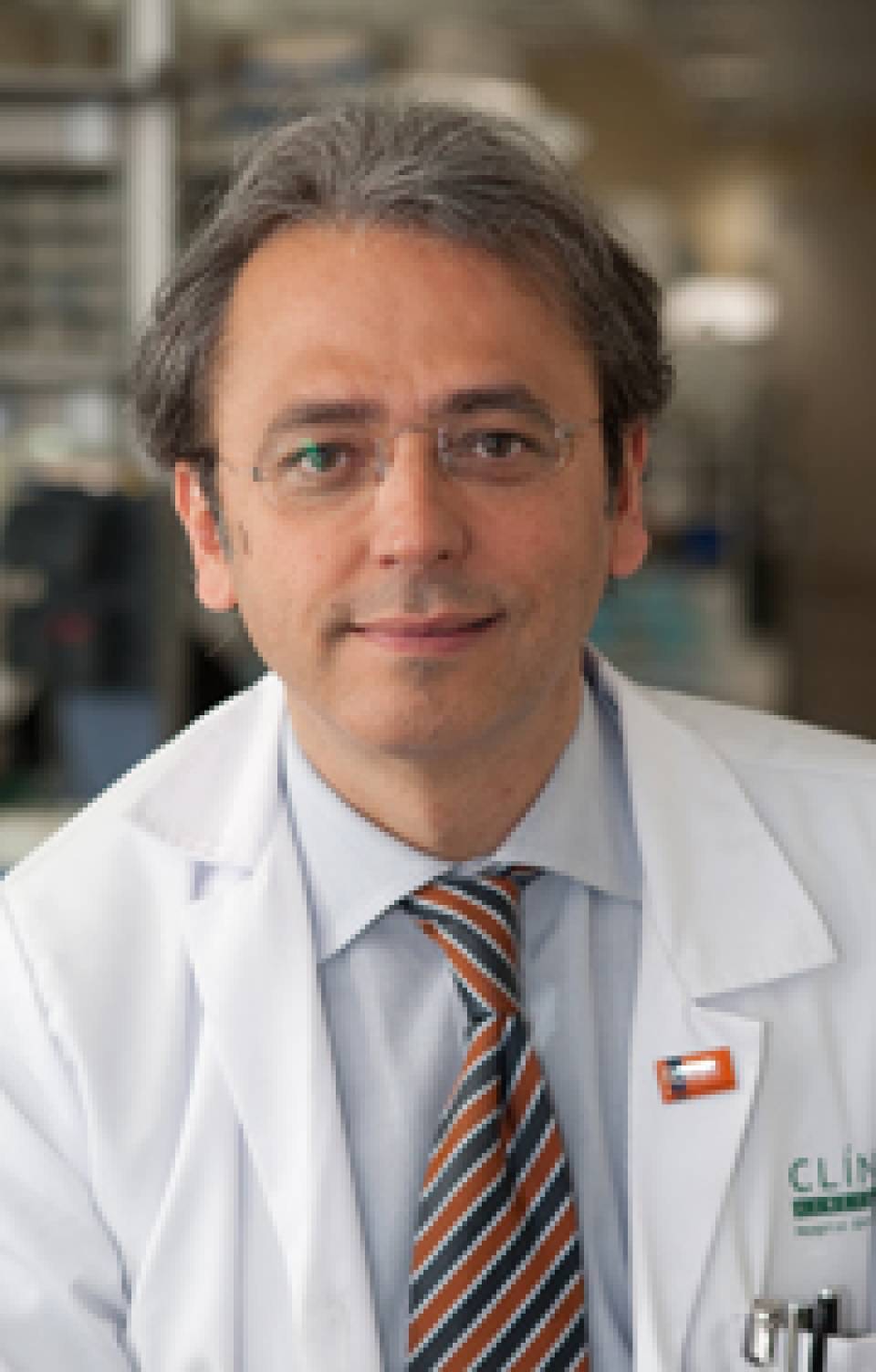Dr. Josep M. Llovet, ICREA Professor Group Hepatic Oncology, IDIBAPS and director of the Liver Cancer Program, Mount Sinai Hospital, is co-author of this study also involved researchers from Brigham and Women's in Harvard University and medical school at King's College London. After six years of intense work, the researchers first identified the oncogene UHRF1 as a potential therapeutic target for treating this type of cancer, combining a zebrafish model of liver cancer with data from human tumors.
The identification of this new gene-oncogene responsible for the transformation of a normal cell into a malignant cell-develop cancer, a cancer with poor prognosis, is a major paradigm shift in the approach to future disease. The discovery was possible thanks to the use of zebrafish as a research model (one of the best models to discover cancer genes). 75% of the fish objects that study was overexpressed in tumors developed UHRF1 a period of 20 days. The fundamental mechanism of oncogenesis associated with massive alteration in methylation. The researchers identified the oncogene overexpression UHRF1 in about 50% of patients was associated with poor prognosis, particularly in those with alterations of the tumor suppressor p53.
This is the first time it is shown that overexpression of UHRF1 protein is sufficient to cause cancer condition, so it is of great interest as a central regulator of cancer epigenome, with capacity to affect DNA and promote the proliferation of the cancer cell. The next step is to develop drugs that target the oncogene UHRF1 to reset the epigenome and avoid mechanisms that trigger cancer.
Medical need for new treatments for advanced hepatocellular carcinoma
El carcinoma hepatocelular se diagnostica en fases avanzadas en el 40% de los casos en Occidente y en más del 70% de los casos en Asia. La única terapéutica eficaz en estos estadios es un inhibidor multiquinasa, sorafenib, que consigue una mediana de supervivencia de 1 año. Los otros 6 fármacos ensayados en fase 3 durante los últimos 5 años han dado resultados negativos, por lo que existe una necesidad médica de dar respuesta alternativas a los pacientes que evolucionan tras dicha terapéutica. La identificación de nuevas dianas terapéuticas de carcinoma hepatocelular supone una necesidad médica de primer orden. El oncogen UHRF1 es un potencial objetivo para encontrar nuevas terapias.
Advantages of the zebrafish model
Elevated levels of UHRF1 reflected in the experimental model ( zebrafish ) and in humans suggest similar mechanisms of action in the formation of liver tumors , able to evade the protective mechanisms against cancer. Using the zebrafish model has advantages in preclinical research hepatic neoplasia. The zebrafish is a practical and common model organism for studies on vertebrate development and gene function. Its advantages include rapid reproduction , from egg to larva in 3 days, are large and translucent , allowing researchers to directly visualize tumor growth similar to humans, because despite the evolutionary distance between species , the development of organs is very similar to human .
Another advantage of this model is its low cost compared to using traditional models of cancer in mammals . For this study, about 300 animals were analyzed.

